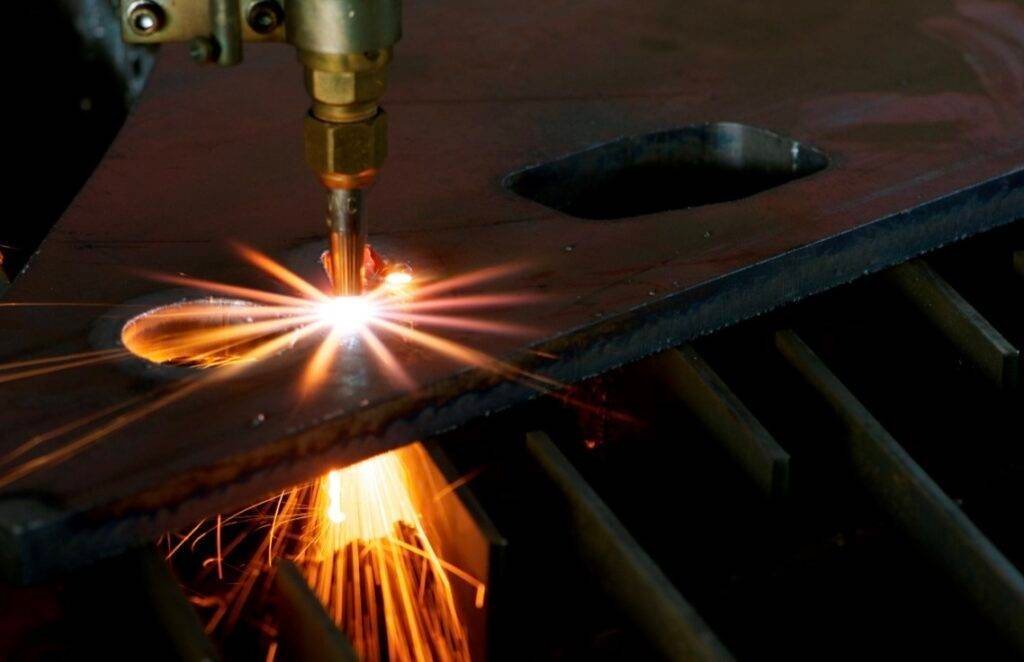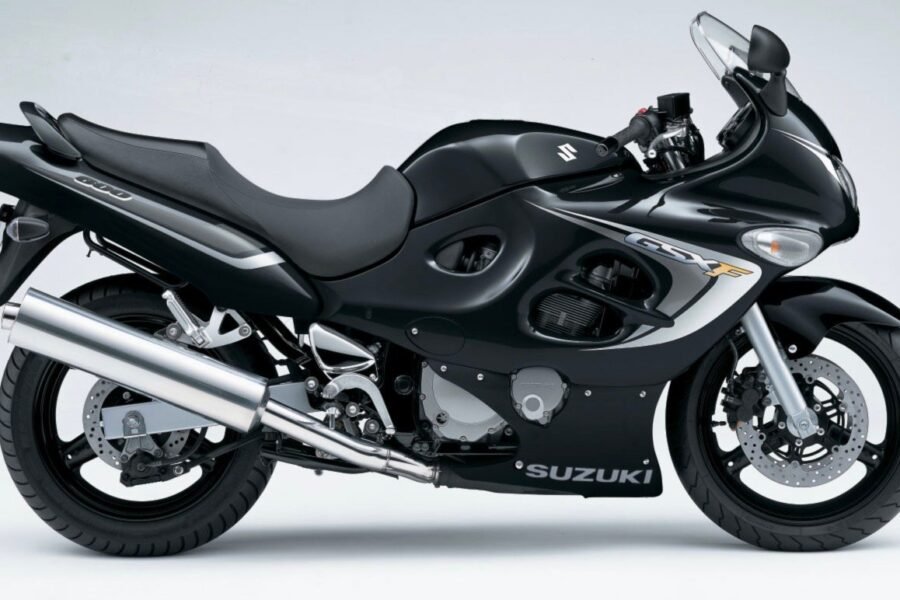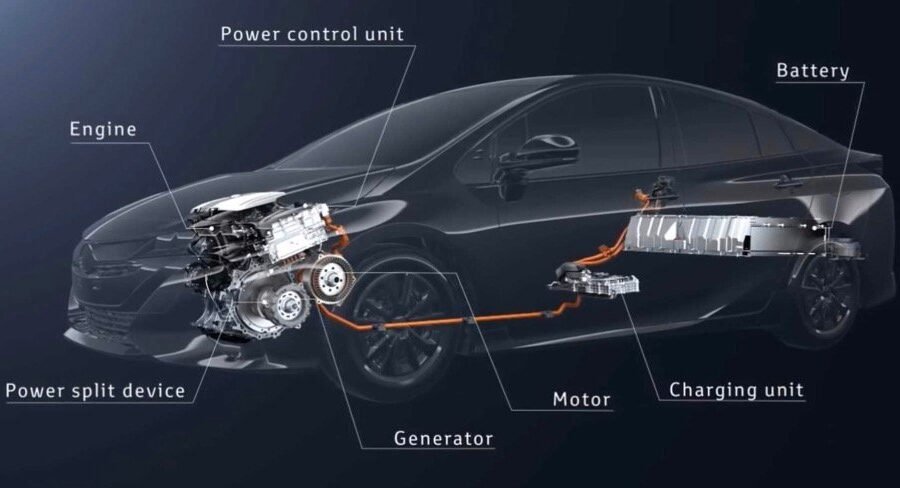Choosing the right metal is the most important step for any welding project. The material you select directly impacts the strength, durability, and appearance of the final joint. Whether you are a hobbyist or a professional, understanding the properties of different metals will help you achieve clean, strong welds and avoid costly mistakes. This guide explores the best metals for your welding needs.
Understanding Ferrous vs. Non-Ferrous Metals for Welding
Metals used in welding are broadly divided into two main categories: ferrous and non-ferrous. Knowing the difference is fundamental to selecting the right material and welding process.
Ferrous metals contain iron, which makes them magnetic. The most common examples are steel and iron. Welders often prefer ferrous metals for structural projects because of their incredible strength and excellent heat conductivity. However, their main drawback is their weight and susceptibility to rust if not properly treated.
Non-ferrous metals, on the other hand, do not contain iron. This group includes popular choices like aluminum, copper, and brass. These metals are valued for being lightweight and more flexible than their ferrous counterparts. They also offer superior corrosion resistance, but they typically don’t conduct heat as efficiently during the welding process, which can present a different set of challenges.
Why Carbon Steel is a Top Choice for Welders
Carbon steel is by far the most widely used metal in welding, and for good reason. It is an alloy of iron and carbon, making it a strong and reliable ferrous metal for a huge range of applications.
One of its biggest advantages is its low cost and wide availability. You can find carbon steel in almost any hardware or metal supply store. Its low melting point also makes it very forgiving to work with, allowing it to be easily joined using various welding methods like MIG, TIG, and stick welding.
Because it is so inexpensive and easy to weld, carbon steel is the ideal material for beginners to practice on. It is commonly used in manufacturing, construction, and automotive repairs. The main downside is that it rusts easily, so it often requires a protective coating like paint or galvanization after welding.
The Benefits of Welding with Stainless Steel
When a project requires both strength and excellent corrosion resistance, stainless steel is the go-to option. It is an alloy of steel that contains chromium, which creates a passive layer on the surface that protects it from rust caused by air and water.
This metal is also highly resistant to high temperatures. Stainless steel can be heated and cooled repeatedly without losing its structural integrity, making it perfect for exhaust systems, kitchen equipment, and medical tools.
While it is more expensive than carbon steel, its durability and long-lasting finish often justify the cost. Welding stainless steel requires a bit more skill to prevent warping and maintain its anti-corrosive properties, but the resulting joints are incredibly strong and durable.
Aluminum: The Lightweight and Corrosion-Resistant Option
Aluminum is one of the most popular non-ferrous metals for welding due to its unique combination of properties. It is exceptionally lightweight, weighing about one-third as much as steel, which makes it a top choice for industries like aerospace, automotive, and marine construction.
It has excellent natural resistance to corrosion because it forms a protective oxide layer on its surface. Aluminum is also a great thermal and electrical conductor. However, welding aluminum can be tricky.
- It has a low melting point but high thermal conductivity, meaning heat spreads quickly and can lead to burn-through if you’re not careful.
- The oxide layer must be thoroughly cleaned before welding to ensure a strong joint.
- Specialized equipment, like a TIG welder with AC capability or a MIG welder with a spool gun, is often required.
Despite these challenges, its lightweight nature and resistance to rust make it an invaluable material for many modern welding projects.
Exploring Bronze for Specialized Welding Projects
Bronze is a unique alloy typically made of copper mixed with tin or zinc. This combination makes it harder and more durable than pure copper. While not as common as steel or aluminum for general fabrication, bronze has important niche applications in welding.
It is often used for artistic sculptures, decorative pieces, and marine hardware due to its attractive finish and excellent resistance to saltwater corrosion. Bronze is also a great choice for repairing cast-iron parts. Its low carbon content helps prevent the formation of brittle carbides that can compromise the strength of a cast-iron weld.
Welding bronze, often done through a process called braze welding, requires careful heat control to avoid damaging the base metal. It forms strong, clean bonds and is a valuable skill for welders working on repairs or custom decorative projects.
How to Choose the Right Metal for Your Project
Selecting the perfect metal depends entirely on the specific needs of your project. You must balance factors like budget, required strength, working environment, and desired appearance. Rushing this decision can lead to a final product that fails or deteriorates quickly.
Consider the final use of the object. Will it be indoors or exposed to the elements? Does it need to support a heavy load or be lightweight? Answering these questions will help narrow down your options significantly.
Here is a simple table to compare the most common welding metals:
| Metal | Cost | Weldability | Strength | Corrosion Resistance |
|---|---|---|---|---|
| Carbon Steel | Low | Easy | High | Poor |
| Stainless Steel | Medium | Moderate | Very High | Excellent |
| Aluminum | Medium | Difficult | Medium | Excellent |
| Bronze | High | Moderate | Medium | Very Good |
Always match the filler metal to the base metal you are welding to ensure a compatible and strong joint. Using the wrong filler can result in a weak, brittle, or cracked weld.
Frequently Asked Questions about Welding Metals
What is the easiest metal for a beginner to weld?
Carbon steel, specifically mild steel, is widely considered the best metal for beginners. It is inexpensive, readily available, and very forgiving, which allows new welders to practice their technique without the challenges posed by other metals.
Do I need a special welder for aluminum?
Yes, welding aluminum typically requires specialized equipment. A TIG welder with AC output is preferred for precise control, while a MIG welder needs a spool gun to properly feed the soft aluminum wire without it tangling.
Why is stainless steel more expensive than regular carbon steel?
Stainless steel contains additional elements, primarily chromium and sometimes nickel, which give it its corrosion-resistant properties. The cost of these alloying elements and the more complex manufacturing process make it more expensive than carbon steel.
Can I weld two different types of metal together?
Yes, it is possible to weld dissimilar metals, but it is a complex process that requires specific techniques and filler materials. For example, you can braze weld steel to bronze. It’s crucial to research the compatibility of the metals to avoid creating a weak or brittle joint.
How do I prevent steel from rusting after I weld it?
To prevent rust on carbon steel, you must apply a protective coating after the weld has cooled and been cleaned. Common options include priming and painting, powder coating, or applying a galvanizing solution to create a zinc barrier.





Leave a Comment